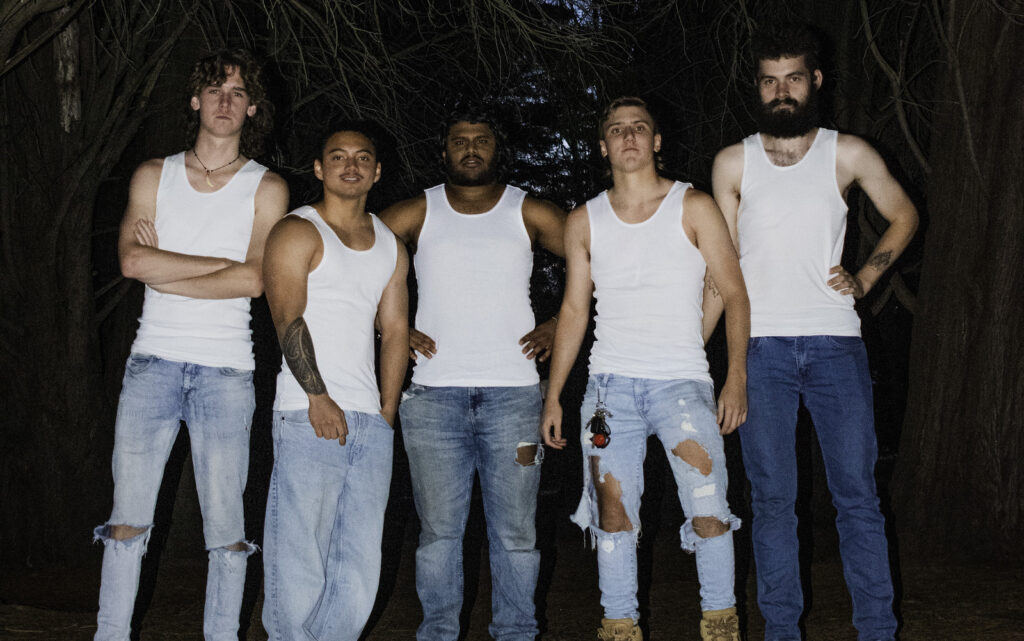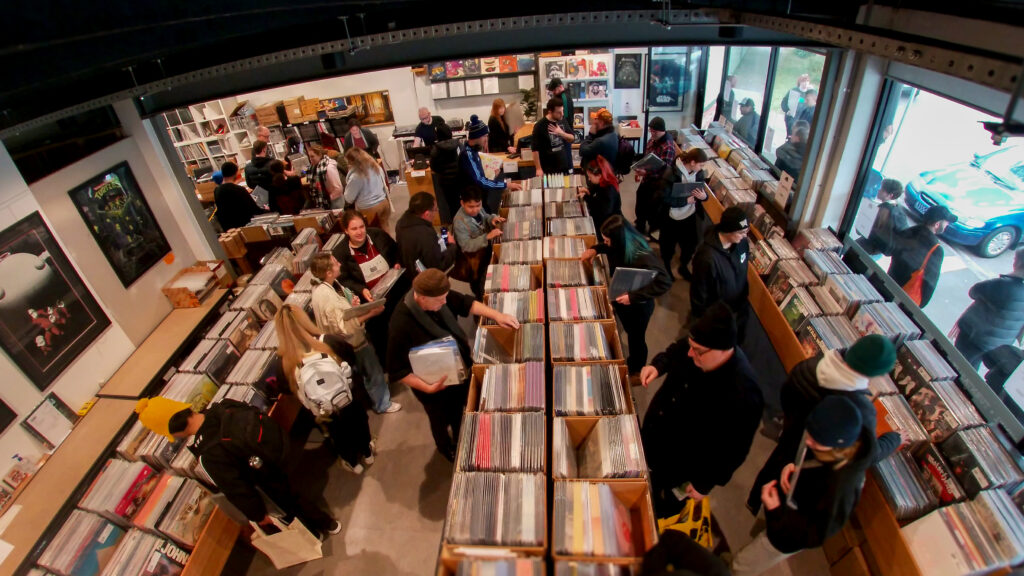Whether you love it or hate it, trap music is everywhere.
It has become a staple of the hip hop world, constantly topping the charts thanks to rappers like Future, 2 Chainz and Migos. Not limited to genre, it has found its way onto the EDM scene, gaining popularity with electronic music producers Diplo, TNGHT, Bro Safari and DJ Snake. Trap beats have even entered the mainstream pop music world, where elements of trap can be heard in Katy Perry’s ‘Dark Horse’ or Miley Cyrus’ fourth studio album Bangerz.
Despite its recent popularity, the hip hop subgenre isn’t anything new, emerging from the Southern rap scene in the late ’90s. Trap music is characterised by the predominant use of 808 bass, rapid-fire hi-hats, crisp snares and layered synths. The term trap was coined in Atlanta and comes straight from the streets, with trap literally meaning a drug house where dealers buy, sell, produce and use illegal narcotics. During this time, rappers who spoke about drug dealing were known as trap rappers, including UGK, 8Ball and Three 6 Mafia.
Lately, the origins of trap music have been disputed, with hip hop legends T.I and Gucci Mane claiming they are the rightful inventors. Earlier this month, Gucci Mane posted a throwback Instagram post claiming he invented trap music with his 2005 album, Trap House. T.I was bound to set the record straight and shut down Gucci Mane’s proposal. The 37-year-old rapper posted a message to ‘the slow ones in the back’; stating he was the pioneer of trap rap, launching the subgenre with his second album Trap Muzik in 2003. Rap fans have also joined the debate. Although T.I dropped his first album two years earlier, Gucci Mane is better known for his trap beats.
And don’t forget about Jeezy who launched trap music into the mainstream with his 2005 song ‘Trap Star’. If we look even further into the past, the first song to mention trap was, in fact, Goodie Mob’s 1995 track ‘Thought Process’. The term was also used in Outkast’s 1998 song ‘SpottieOttieDopaliscious’, And of course, before trap, there was crunk. Crunk emerged in the early ‘90s and gained mainstream success during the mid-2000s. Who remembers Three 6 Mafia’s ‘Tear Da Club Up?‘ Or Lil Jon & the East Side Boyz Get Crunk: Who U Wit: Da Album? Crunk was known for its heavy 808 bass and synthesized instruments. The growing interest in crunk outside the southern hip hop scene eventually led to the development in trap music.
Although the origins of trap rap are still being debated, there is no doubt it will continue to inspire the next generations of young rappers. Modern day artists such as Fetty Wap, Rae Sremmurd, Lil Uzi Vert and Cardi B are keeping trap rap in the charts. Looking a little closer to home, elements of trap have made their way into the Australian hip hop scene, with artists such as Manu Crook$ and Cult Shotta drawing influence from the subgenre. More recently, Melbourne rapper Sophiegrophy dropped her high-energy trap track ‘Bag’, which is definitely worth a listen. Many hip hop artists and fans believe trap will never die while others insist trap rap is on it’s way out. In any case, the subgenre has dominated the decade. Who knows how long trap music will last? Enjoy it while you can.







